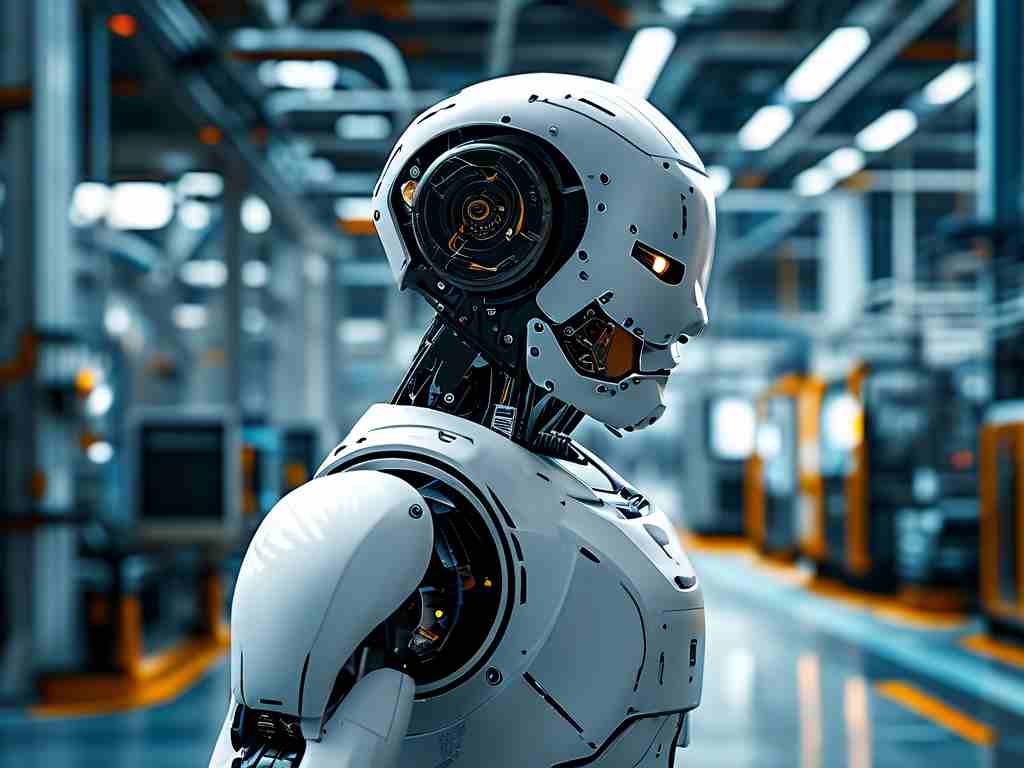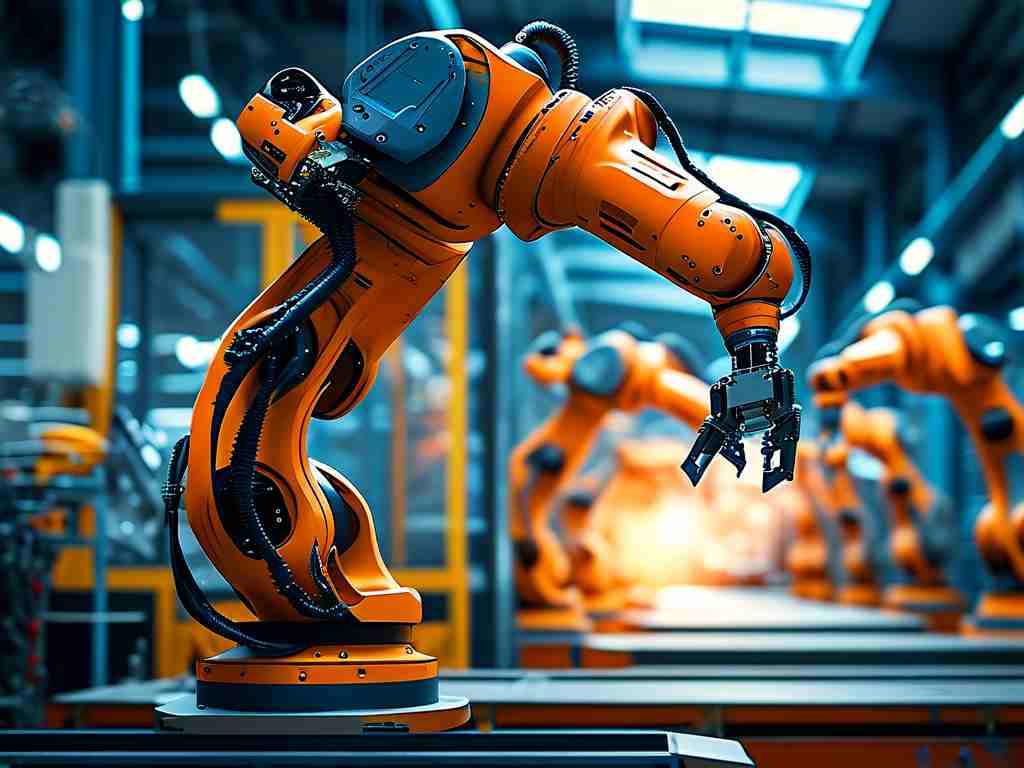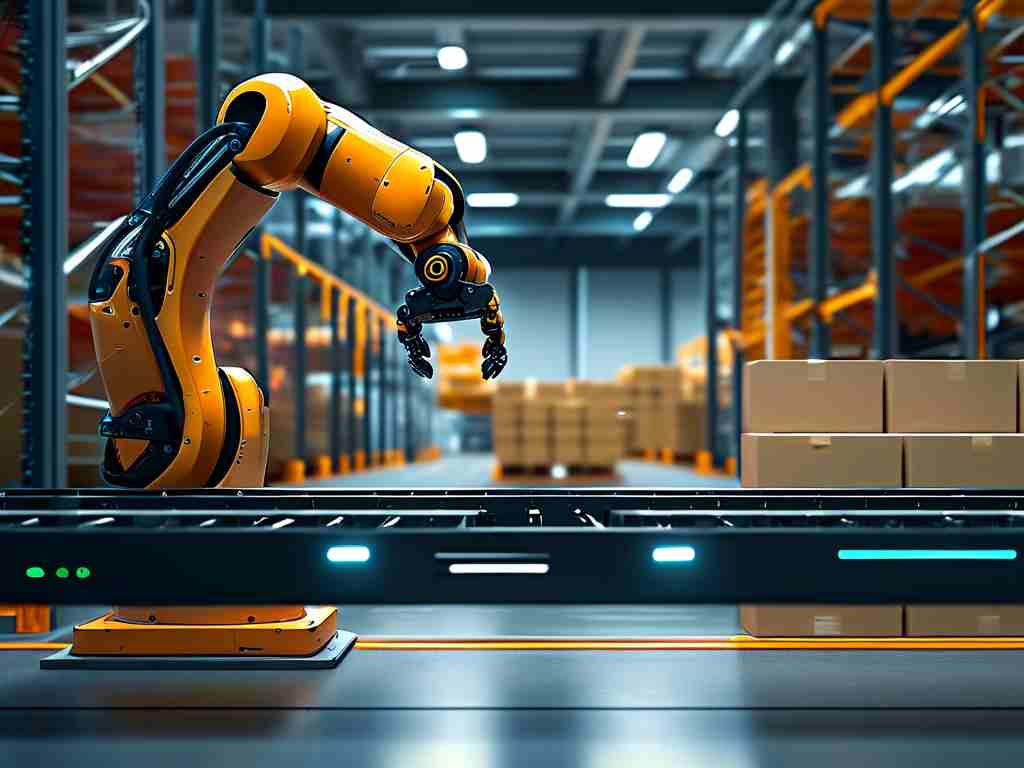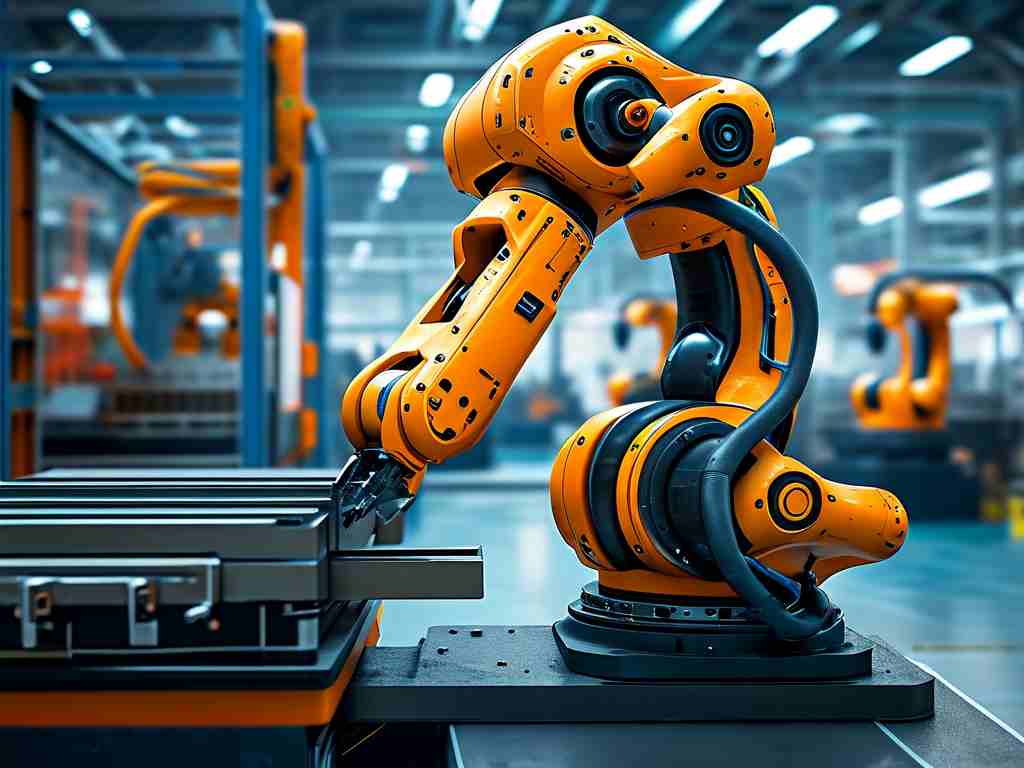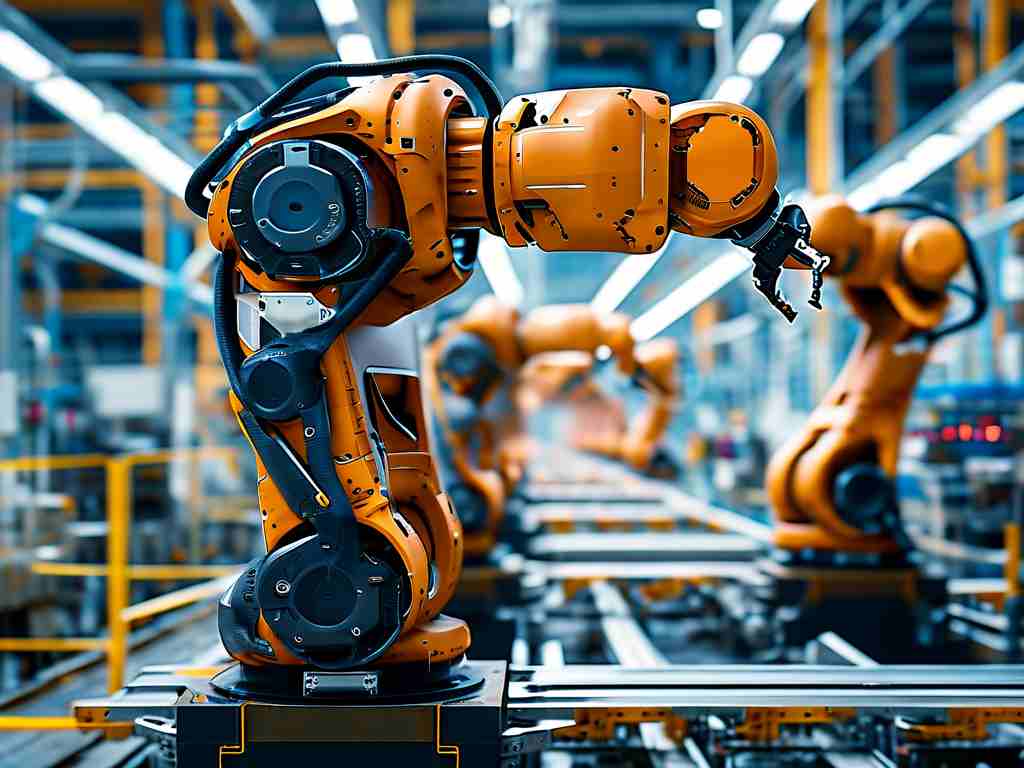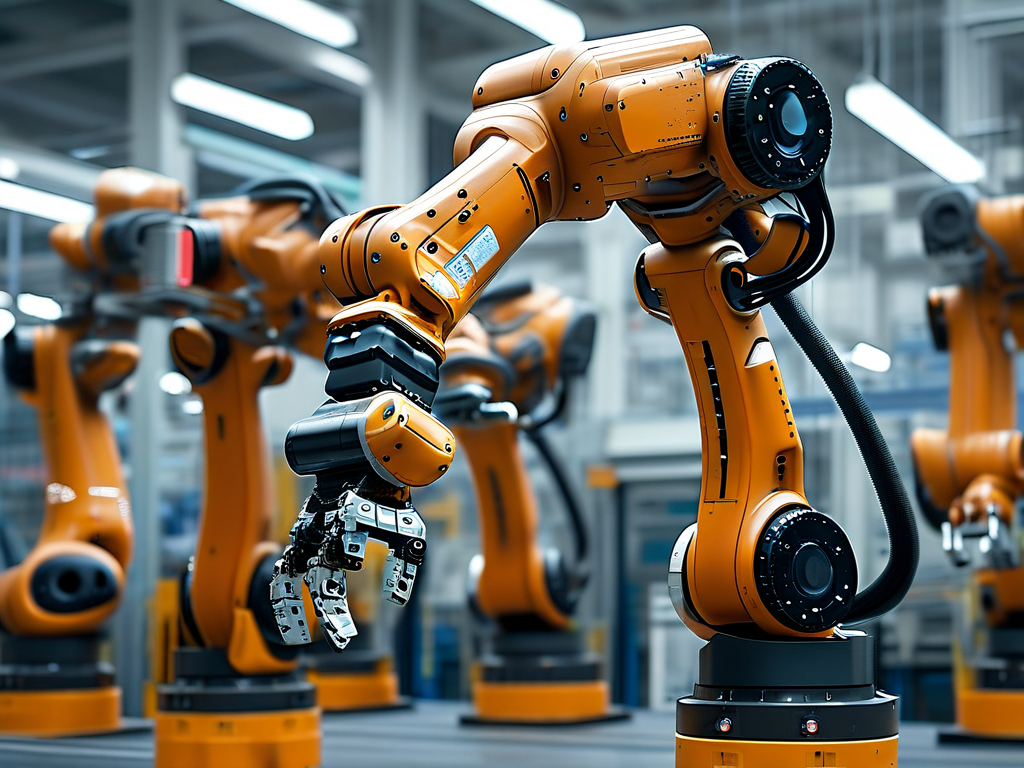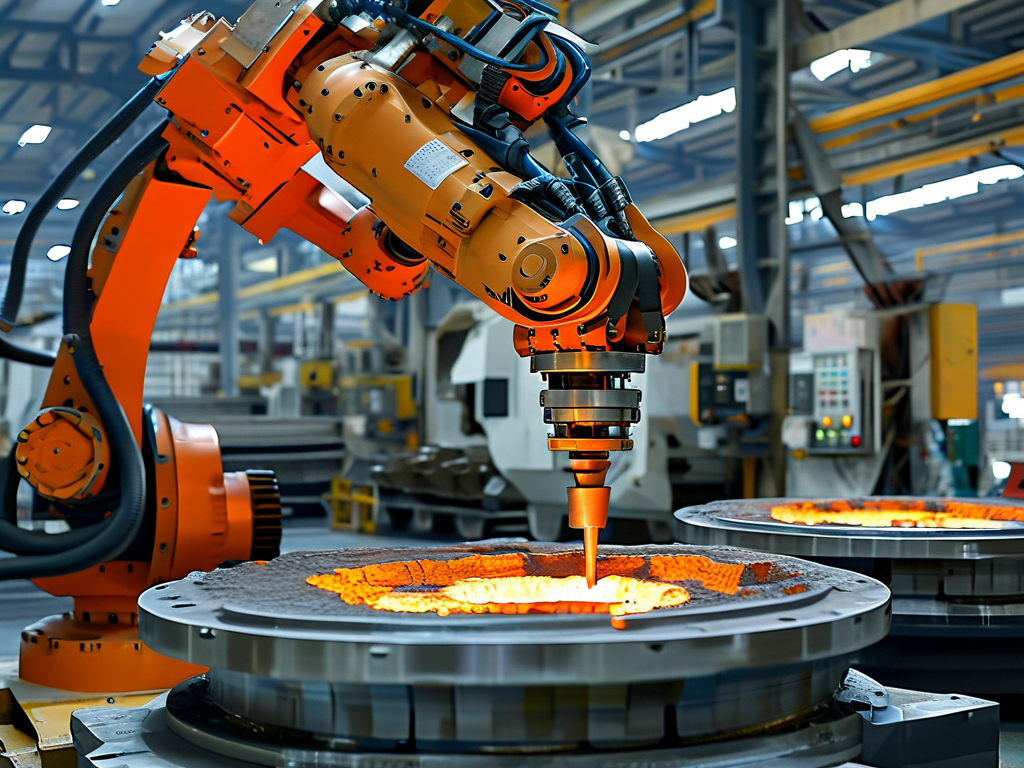Foshan, a manufacturing powerhouse in China’s Guangdong Province, has emerged as a critical hub for autonomous mobile robot (AMR) technology. Over the past decade, the city’s integration of advanced robotics into industrial workflows has redefined efficiency and precision in sectors ranging from logistics to automotive assembly. This article explores the unique factors driving Foshan’s AMR advancements and their implications for global industries.
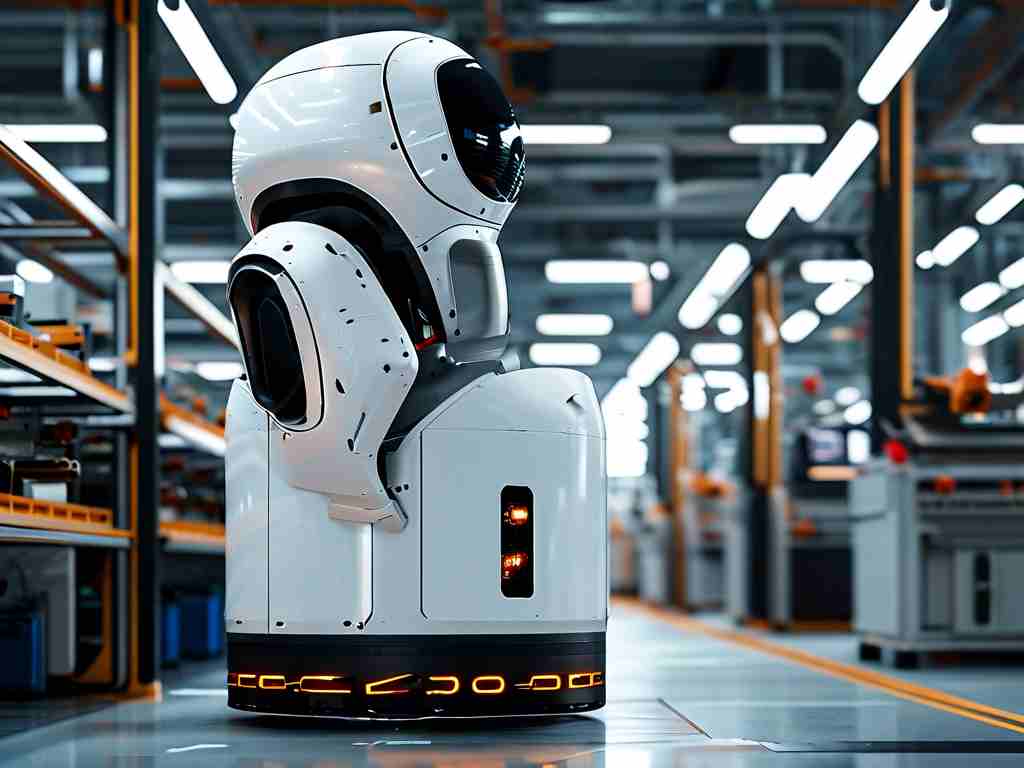
The Rise of AMR Technology in Foshan
Foshan’s journey with AMR robotics began as a response to labor shortages and rising production costs. Local manufacturers, particularly in electronics and home appliance industries, sought automation solutions to maintain competitiveness. Early adopters collaborated with robotics startups to develop customized AMR systems capable of navigating dynamic factory environments. These robots were designed to handle material transportation, inventory management, and even quality inspection tasks.
One standout example is Foshan-based TechDrive Robotics, which pioneered adaptive pathfinding algorithms for AMRs in cluttered workspaces. Unlike traditional automated guided vehicles (AGVs), their robots use lidar and 3D vision systems to map environments in real time, enabling seamless collaboration with human workers. This innovation caught the attention of global automotive manufacturers, leading to partnerships with European and Asian carmakers.
Government Support and Industrial Clusters
Foshan’s success in AMR technology is partly attributed to strategic government initiatives. In 2018, the city launched the Intelligent Manufacturing Promotion Plan, offering subsidies for enterprises adopting robotics and AI. Industrial parks like the Foshan National High-Tech Zone became testing grounds for AMR deployments, attracting over 200 robotics-related companies by 2023.
A notable case is the Shunde District’s “Smart Factory” initiative, where AMRs are integrated with IoT platforms to create fully connected production lines. Here, robots communicate with machinery via 5G networks, adjusting workflows based on real-time data. For instance, if a packaging station experiences delays, AMRs automatically reroute materials to avoid bottlenecks—a feature that boosted output by 22% for a local furniture manufacturer.
Applications Beyond Manufacturing
While industrial applications dominate, Foshan’s AMR innovations are expanding into new territories. Hospitals in the city now deploy disinfection robots equipped with UV-C lights and air filtration systems. During the COVID-19 pandemic, these units reduced infection risks in ICU wards by 40%, according to a study by Foshan Medical University.
Retail is another frontier. A shopping mall in Chancheng District employs AMRs as concierge guides and inventory assistants. These robots use natural language processing to interact with customers while simultaneously restocking shelves—a dual-functionality model replicated in Singapore and Dubai.
Challenges and Future Directions
Despite progress, Foshan’s AMR ecosystem faces hurdles. Battery life remains a constraint for heavy-duty robots, prompting research into wireless charging systems embedded in factory floors. Additionally, standardization of safety protocols across industries is still evolving.
Looking ahead, Foshan aims to leverage its AMR expertise for smart city projects. Pilot programs include autonomous delivery robots for last-mile logistics and AMR-assisted waste management systems. Collaborations with Shenzhen’s AI institutes hint at future robots capable of predictive maintenance, using machine learning to anticipate equipment failures before they occur.
Foshan’s AMR advancements exemplify how regional innovation clusters can drive global technological shifts. By blending industrial pragmatism with cutting-edge R&D, the city has positioned itself as a blueprint for the future of automation. As AMRs become more adaptive and energy-efficient, their role in reshaping industries—and everyday life—will only deepen, with Foshan at the forefront of this transformation.


